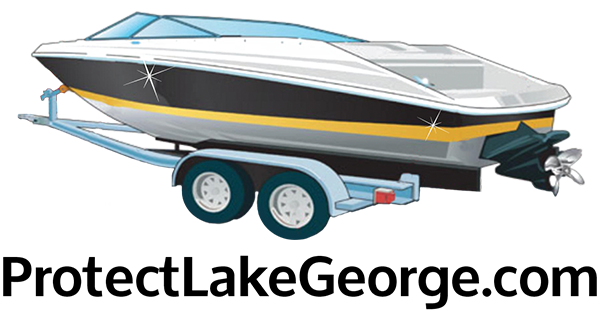After boating, before you leave the launch:
Remove all visible plants, animals, fish, and mud from your boat, trailer, or other equipment and dispose of in a suitable trash container or on dry land.
Check trailer, hitch, trailer lights, rollers, and axels, as well as boat hull, anchor, all bilge and storage compartments, ballast tanks or bladders, ropes and fenders, live or bait wells, transom well, propeller, engine outdrives and intakes, etc.
Don’t transport any potential hitchhiker, even back to your home. Remove and leave them at the site you visited.
More specific cleaning information by user type/vessel type:
Jet boats & Personal Watercraft (PWCs) users:
Clean the intake grate and steering nozzle.
Run engine 5-10 seconds to blow out excess water and vegetation from internal drive, and then turn off engine.
Sailboaters:
Clean the centerboard, bilge board wells, and rudderpost area.
Scuba Divers:
Clean gear, including wetsuit, mask, snorkel, fins, BC, regulator, tank, weight belt, boat, motor and trailer by removing visible plants, animals and mud.
Waterfowl Hunters:
After hunting, clean gear, dogs and clothing.
Remove aquatic plants, animals, and mud from boat, motor, trailer, waders or hip boots, decoy lines, and anchors (elliptical and bulb-shaped anchors can help reduce snagging aquatic plants).
Brush hunting dogs, rinse kennels with tap water.
Sea Planes:
Remove aquatic plants, animals, and sediment from all parts of the aircraft.
Water take-off:
Avoid taxiing through surface growths of aquatic plants before takeoff.
Raise and lower water rudders several times to clear off plants.
After water take-off:
Raise and lower water rudders several times to free aquatic plant fragments while flying over the waters you left or over land.
If aquatic plants remain visible on the aircraft, return to the same water body and remove them.


